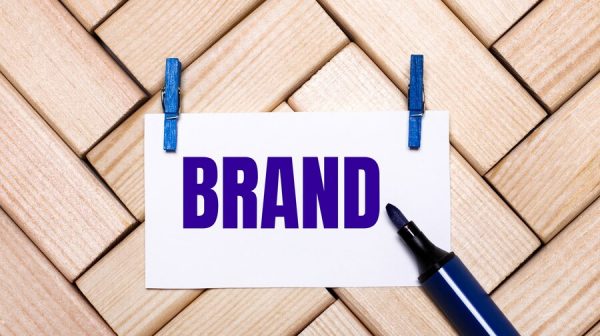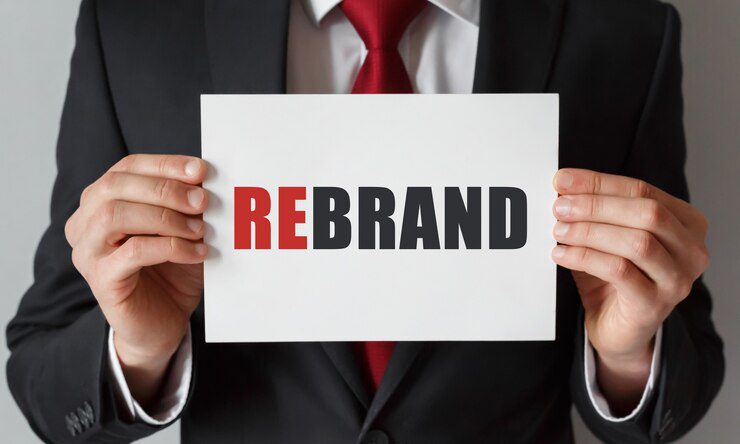Brand Regeneration
Brand regeneration is an effort to rebuild the current image of the brand in the mind of the customer. The purpose of this action is to improve the condition of the brand or prevent it from getting worse.
A brand includes a set of emotions, characteristics and concepts that are directly related to a name. This collection includes both appearance features such as logo, color, slogan, etc., as well as interactions that we have in the form of buying and selling and friendly relations with customers.
Now this collection, which is known as the brand, sometimes needs renovation and changes. Because a brand achieves success when it leaves an attractive image in people’s minds and differentiates itself from competitors. In order to improve this image, we need rebranding.
The Importance of Brand Regeneration
During the re-creation process, we will try to make changes in the appearance of the brand, such as logo, color, etc. The purpose of this work is to convey valuable and strategic messages to the audience in such a way that we rebuild the brand image in his mind according to our wishes.

The context of this reconstruction is 2 main and important factors:
1. Brand Changes or Poor Initial Branding
At the beginning of most businesses, their agents do not pay attention to strong branding. Their justification is also logical; Because at the beginning of work, finding investors and delivering products and services to customers is a priority. Therefore, spending time on designing and choosing a logo is useless and futile. Despite the importance of branding that is understood by everyone, this does not happen in practice.
Every business may experience significant changes along the way to become bigger. For this reason, it will need to be recreated over time. In addition, the merger of two companies, changes in available products and changes in the marketing and sales model also make the brand need to be recreated.
2. Changes in the External Atmosphere and Competitors
In a world that is constantly changing and transforming, if a brand does not adapt to the created conditions, its destruction is certain. The reason for the changes in many companies is attractiveness, alignment with competitors and coordination with modern fashion; for this reason, their actions in the path of innovation are only superficial changes. For example, they may have to change the slogan that they are known by in the beginning. Or maybe we have to make changes to raise our level in order to keep up with other competitors.
Characteristics of Successful Brand Innovation
It is possible to reduce the risk of brand regeneration with prior planning. This restructuring can happen in the form of changing the logo in small dimensions or in larger dimensions such as changing the entire branding strategy. In general, if we want to state the most important stages and features of brand reconstruction, we can mention the following:

1. Targeting
We must have decisive and logical reasons for renewing the brand. If we act in this regard without a logical reason, while we have no problem with the previous brand, the renewal will cause us trouble. Among the reasons that can lead to rebranding, we can mention the change of the CEO, internal crises, interference of personal preferences, etc. The justification of rebranding depends on solid reasons that are worth the risk and expense.
2. Start Market Research
By conducting market research, we make sure that the problem that leads to brand renewal is real. Maybe because of the negative feedback we receive from the people around us, we think that there is a problem in between. But in fact everything is normal. This research also makes it clear to us which people buy from us and from our competitors and for what reason. By identifying the target market, target customers and their needs, we can know our shortcomings and strengths and weaknesses and then think about brand marketing.
3. Renovation Plan
When we have a correct understanding of the problem and our goal of reconstruction, it is time to plan. For this purpose, we need to determine whether our changes are partial or general. In general changes, our values and strategies undergo changes, but in minor changes, only external characteristics may change.
4. Re design
At this stage, we advance the changes without haste and in consultation with experts in this field. If we were in a hurry at the beginning of our business, at this stage we will act more calmly and carefully and spend more reasonable expenses.

5. Check before Presentation
Before we propose the changes in general, we examine them in a limited group but consisting of different tastes. Using the feedback, we implement the best innovation on the brand and present it.
6. Unveiling
Finally, we will launch a new brand. This unveiling can be at the same time as introducing the start of new programs, attracting new investment, etc.
Up to Sum
Customers, who are always exposed to different types of products and services, record an image of them in their mind. The changes made in the products and services they use will change their performance in this regard. But anyway, sometimes we need to make changes and innovations in the field of our brand. These changes should lead to more satisfaction of our customers and be useful and efficient for them.


